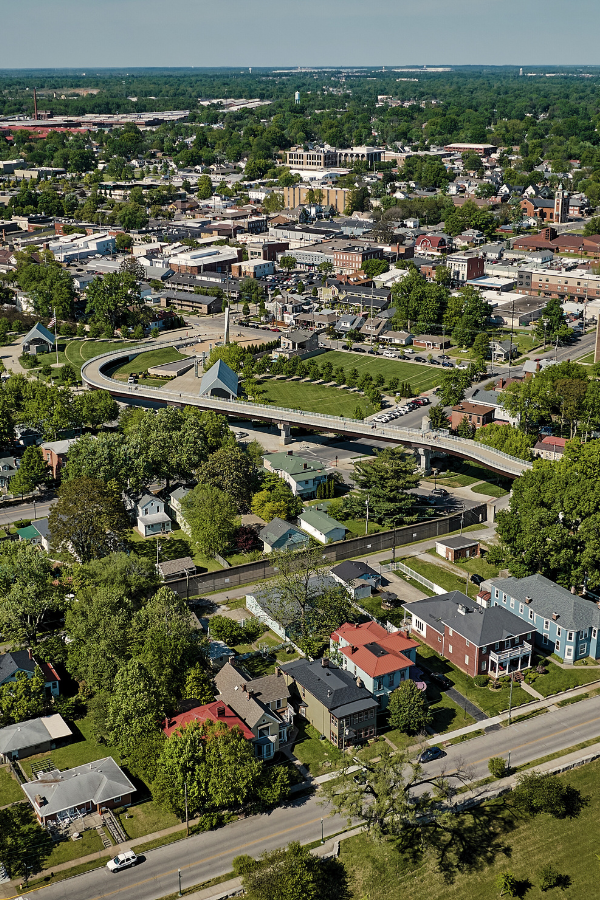

Spotlight on Green Heart Louisville and the HEAL Initiative
Summary
Green Heart Louisville and the HEAL Initiative are pioneering projects aimed at improving air quality and heart health through urban greening. By planting trees and studying their effects on health, particularly in underserved neighborhoods, the projects aim to create a model for healthier urban environments. The initiative involves a comprehensive study that explores how green spaces can impact chronic diseases, well-being, and community cohesion. The findings could inspire similar efforts in other cities, potentially transforming urban planning and public health strategies.
Reflection Questions
- How might urban greening initiatives like Green Heart Louisville influence your perception of the relationship between nature and personal health?
- What role do you think community participation plays in the success of large-scale environmental projects?
- How could the lessons learned from Green Heart Louisville be applied to improve the environment and health in your own neighborhood or city?
Journal Prompt
Reflect on the green spaces in your community. How do they contribute to your mental and physical well-being? Consider the potential impact of increasing green spaces in urban areas and how this could transform the health and cohesion of your community. Write about the changes you would like to see and how you could advocate for more urban greening where you live.
Louisville currently ranks among the worst in the state for air quality and has a high rate of heart disease. The need for intervention is significant, and Green Heart Louisville is determined to address it. By planting trees to improve air quality and conducting a comprehensive, interdisciplinary medical study to trace the impact, the Green Heart project seeks to create a framework that other cities can use to provide a healthier environment for their residents.
Introduction to Green Heart Louisville
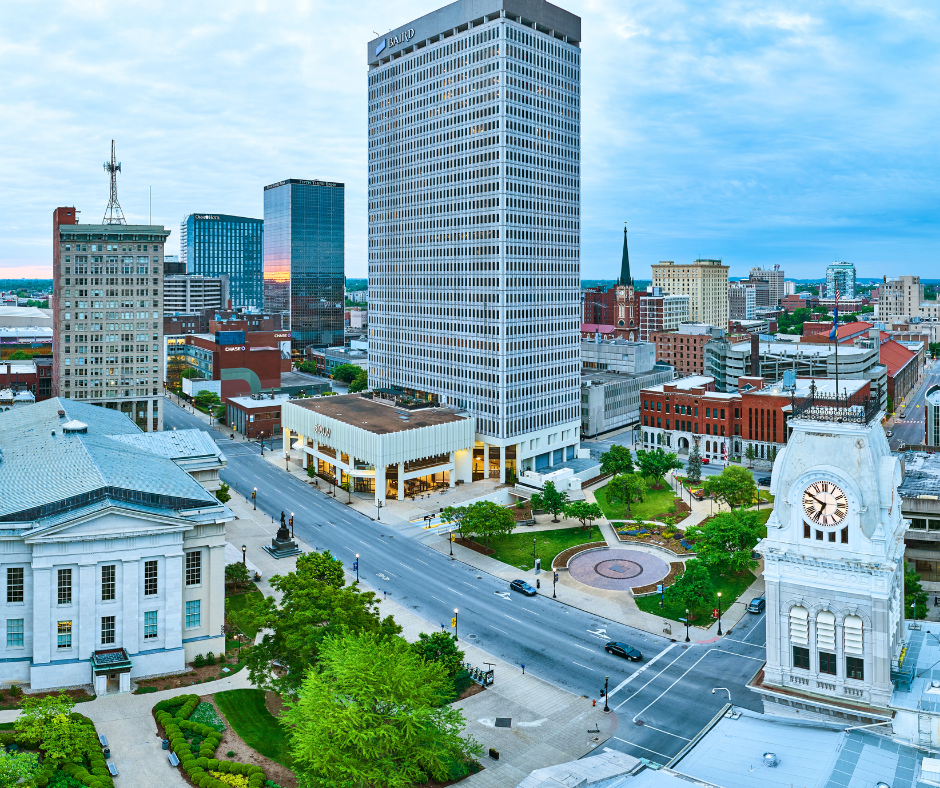

Green Heart Louisville is studying the impact of improved air quality on heart disease through urban greening—an effort to repopulate an area with greenery to enhance air quality. As the first study of its kind, it has drawn national attention. Nature Conservancy states, “This is the first controlled experiment to test urban greening in the same way a new pharmaceutical intervention would be tested.”
History and Background: How Did Green Heart Start?
This project was founded in response to the question: Does our environment factor into our physical health, and if so, how can we help? Founder Aruni Bhatnagar initiated a study to provide data on this connection. In doing so, he ensured that lower-income, underserved Louisville neighborhoods would benefit from greening efforts.
The Project’s Objectives and Goals
According to Green Heart Louisville, the objectives of this program are multifold: to discover new relationships between nature and health, to identify potential contributors to heart disease, diabetes, and obesity that can be prevented holistically, to develop a “scientifically validated greenprint” for greening urban spaces, and to create a new model for healthy urban development.
Who Supports the Green Heart Louisville Project?


The Christina Lee Brown Envirome Institute at the University of Louisville is the primary institution behind the Green Heart Louisville project. It focuses on how the environment impacts human health (particularly chronic disease). The institute is critical in coordinating the study, analyzing data, and ensuring the research is scientifically rigorous. This interdisciplinary approach combines environmental science, public health, and urban planning to understand and improve health outcomes in South Louisville.
Other key players include the Center for Diabetes and Obesity Research, the Center for Healthy Air, Water, and Soil, and the Superfund Research Center. Green Heart’s government partnerships include the University of Louisville, Louisville Metro Government, Washington University in St. Louis, the U.S. Forest Service, and Cornell University. Nonprofit partners include The Nature Conservancy, Metro Louisville, Louisville Grows, Hyphae Design Laboratory, and the National Institutes of Health.
As for financing, the Owsley Brown II Family Foundation provided a multimillion-dollar investment. They offered an initial $5 million grant to launch the project. Additional funding was secured from The Nature Conservancy and the National Institutes of Health.
Introduction to the HEAL Initiative
The HEAL Initiative (Health, Environment, and Action in Louisville) is a medical study corresponding to Green Heart’s greening program. It was launched in 2018 with the recruitment for the medical study. Over 700 people were initially selected. Once the initial recruitment was complete, regular testing of residents began.
Participants have been selected to have their heart health and other factors tested over time. The HEAL Initiative under Green Heart hopes to confirm the connection between human and environmental health.
The Project’s Objectives and Goals
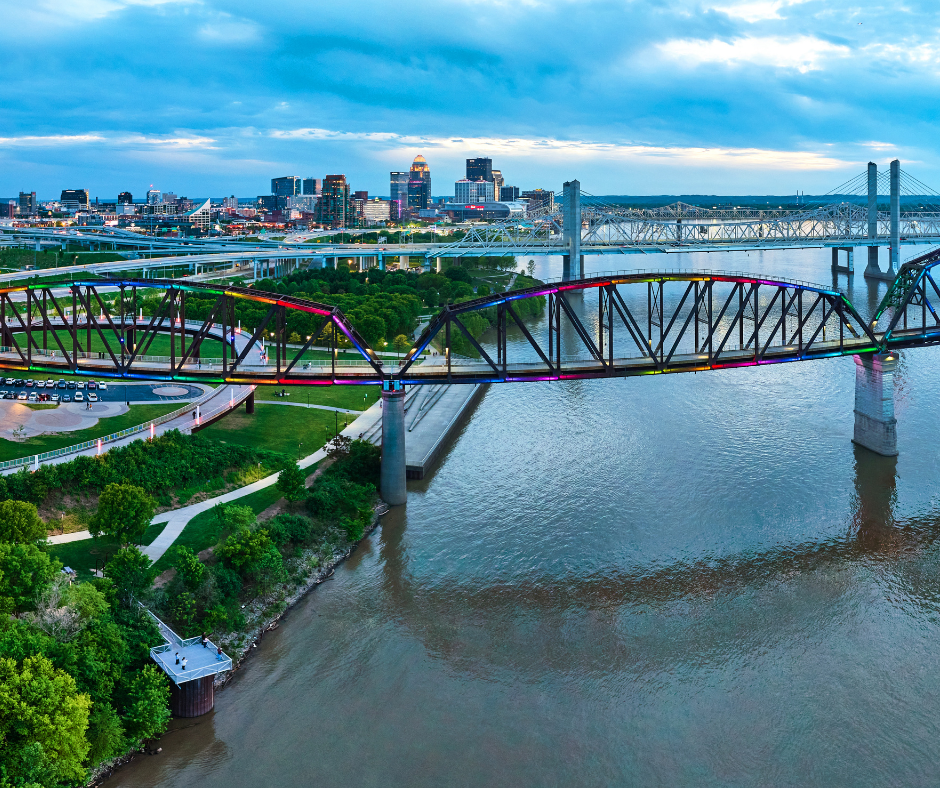

The main objective of the HEAL study is to prove that environmental factors can impact human health. The study explores how changes in neighborhood characteristics, like adding green spaces, can influence heart health, reduce the risk of other diseases, improve overall well-being, and strengthen community connections.
“I want to thank Green Heart for the care you have shown to my street, neighborhood, and part of the South End of Louisville. The beauty of the greening has positively affected the quality of life in my area.”
Louisville Resident
Design Focus: Green Infrastructure and Urban Aesthetics
The infrastructure design was carefully chosen to ensure the best location for the project. While the intention was primarily logistical, the goal was also to provide a more aesthetically pleasing urban neighborhood.
Factors like existing tree cover, major roadways, population density, plantable space, and neighborhood characteristics throughout Louisville were evaluated to find the ideal location for the project.
Urban Greening and Landscape Architecture
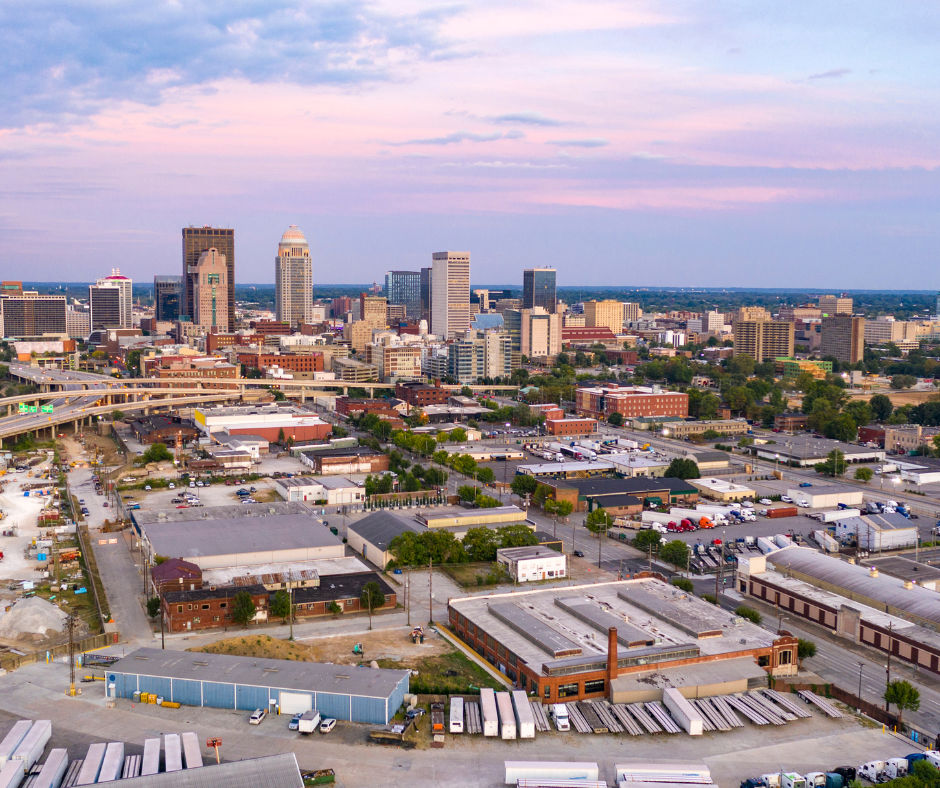

Designing greener infrastructure in an urban area often requires creativity in its incorporation. Besides tree planting, a standard method of greening, green roofs, and other innovative approaches can also be beneficial.
Sustainable Design Practices
For urban greening design to be sustainable, it’s important to consider native plants and those that defend against invasive species. For example, in this project, ash trees were treated to protect them from the invasive emerald ash borer.
Environmental Impact and Sustainability
A major objective is to repair Louisville’s urban tree canopy, which was at 37% when the project launched. It is now at 39%. Another goal is to improve the city’s air quality, which has held an “F” rating from the American Lung Association since 1996.
Air Quality Improvement
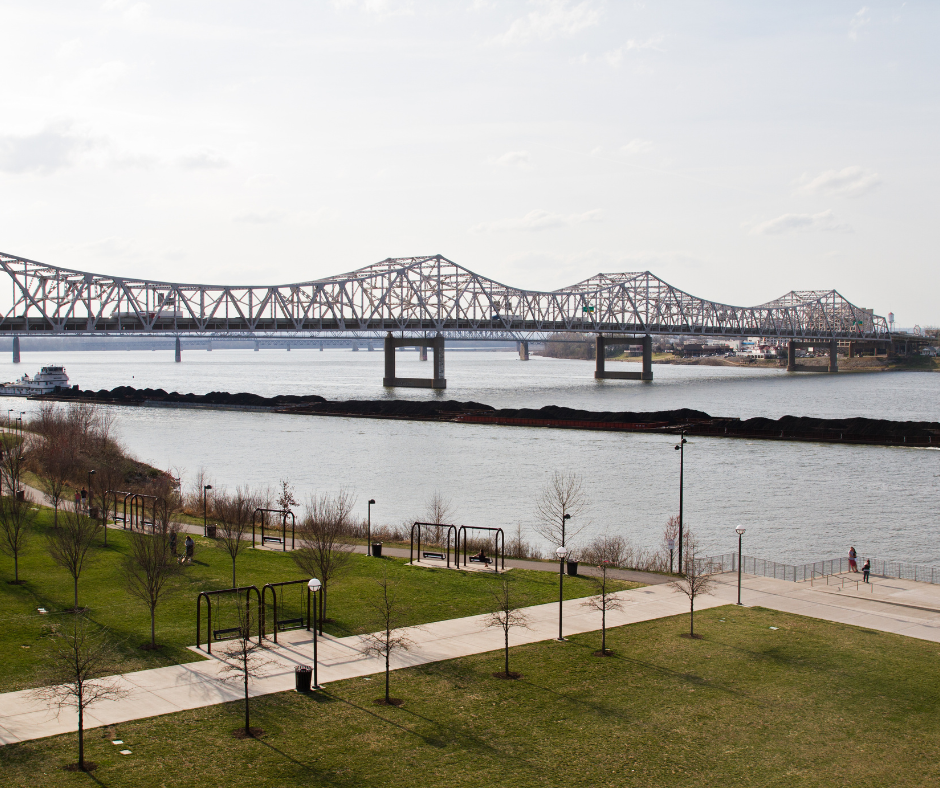

A hopeful benefit of the project and urban greening in general is improved air quality. Intentional greening will significantly reduce pollution from nearby freeway traffic and other contributing factors.
Biodiversity and Ecosystem Health
This project prioritizes both native plants and those that protect against invasive species. This ensures that the plants best suited to provide clean air will thrive for decades.
Health Benefits and Community Impact
Potential benefits for the local community include increased heart health, reduced obesity, improved mental health, and fewer overall health complications. Evidence suggests that certain air pollutants can stiffen human arteries, and the project aims to filter out this harmful pollution through the trees planted.
Reducing Air Pollution and Respiratory Issues
Green Heart Louisville inherently reduces air pollution through tree planting. Additionally, respiratory function is being tested to evaluate potential benefits. Though the benefits are not yet fully known, the hope is that marked improvements will be seen in the long run.
Fuel your creative fire & be a part of a supportive community that values how you love to live.
subscribe to our newsletter
*please check your Spam folder for the latest DesignDash Magazine issue immediately after subscription


Enhancing Mental and Physical Health
Due to expansion, urban areas often lack plant life (particularly trees and shrubs), leading to higher stress levels and depressive states. Green infrastructure is a low-risk way to improve these areas and benefit residents’ well-being.
Community Engagement and Participation


In the early stages, partners went door-to-door to speak with residents and address any questions or concerns. From 2017 to 2019, residents were also allowed to participate in the greening, and schools in the area also participated in the planting efforts.
The greening portion of this project can be divided into two parts: commercial and residential. Residents were given the opportunity to “opt-in” to greening their yards free of charge. Crews carried out commercial greening in parks and other community areas.
According to Green Heart Louisville, “GHL often participates in health fairs with Louisville organizations to share information on individual and community health. Through interactive and fun activities, environmental and health connections are explored.” They also currently offer free health screenings to the surrounding community.
Green Heart Louisville’s Plans for the Future
The goal is to inspire other cities to prioritize urban greening in low-income areas to support their residents’ mental and physical health. After the study is complete, the results will be compared, and further research will be conducted on the health effects of adding vegetation.
Expanding Green Infrastructure
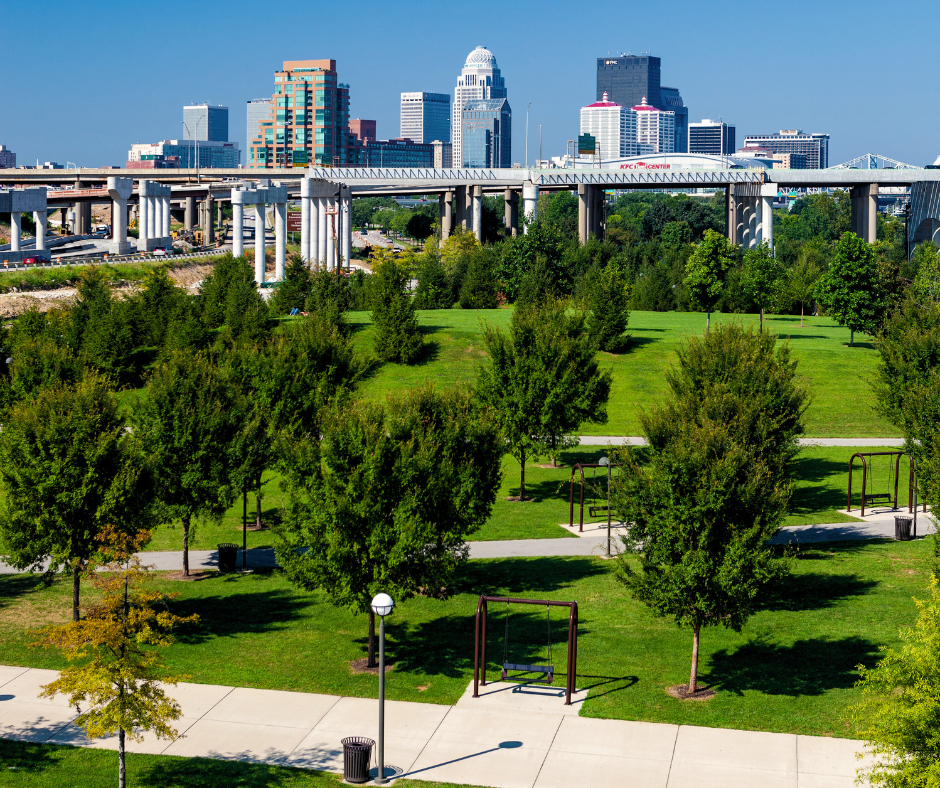

One of the main ways green infrastructure is being implemented is through roadside vegetation barriers, which filter freeway pollution. The Green Heart project has also inspired the city to consider greening rooftops and other areas to enhance Louisville’s environmental infrastructure, especially as average temperatures continue to rise.
Integrating Technology and Data
According to the Green Heart website, “The main aims of this project are to develop a low-cost multi-sensor node for air pollution measurement and to develop WSN protocols for data gathering and aggregation.” The collected data will provide invaluable insights, potentially revealing even more connections between greening and health.
Final Thoughts
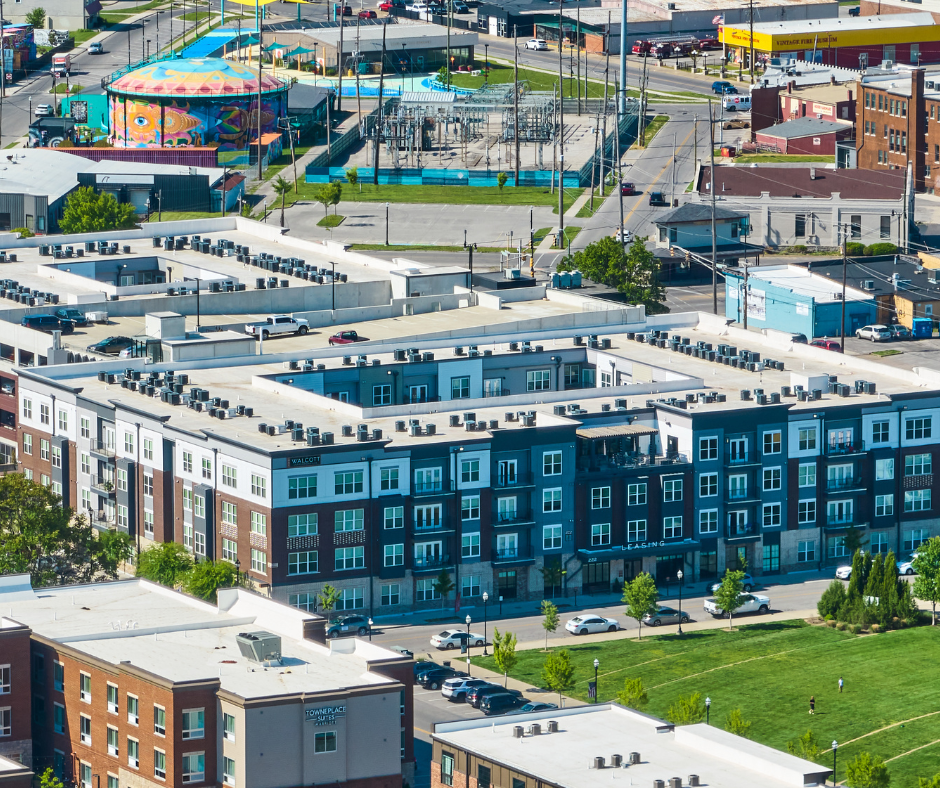

The Green Heart Project and HEAL Initiative are the first of their kind and represent an important study that could potentially bring greening efforts to other major cities and low-income neighborhoods. By studying the effects of greening on physical and mental health, this organization is providing the next generation with hope for their future and the future of the planet. The broader implications of these findings could influence urban planning and public health strategies worldwide.
By Jessica Collins.








